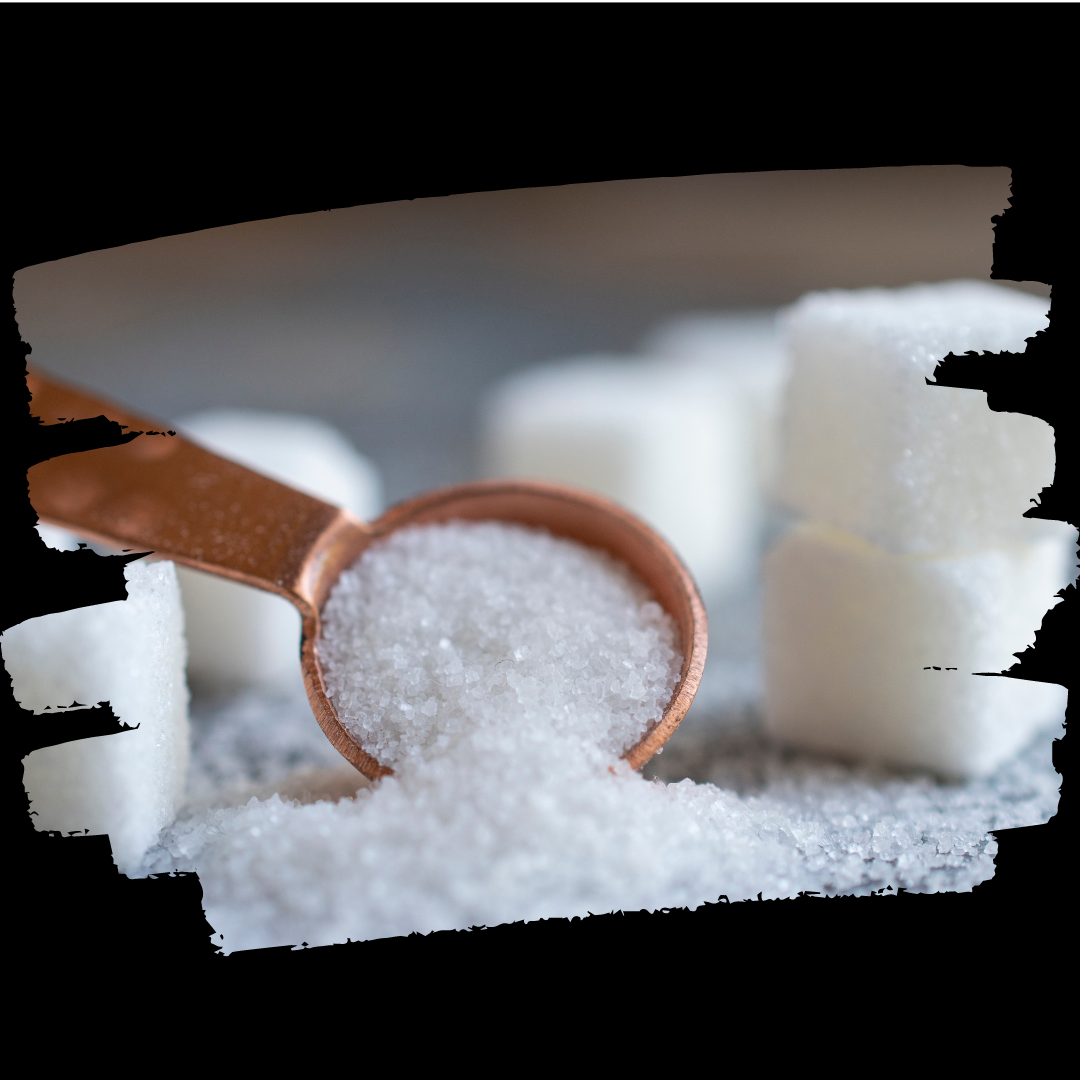
The Difference between sugar-free, sucrose-free and no added sugar

Consuming too much sugar has been linked to a range of health problems, including obesity, type 2 diabetes, and cardiovascular disease. As a result, many people are turning to sugar-free, sucrose-free, and no added sugar products as a way to reduce their sugar intake.
In this article, we I'll explore the differences between these terms and what they mean for your health. Let's get started...
"Sugar-free" means that the product doesn't contain any sugar, which includes both natural sugars (like fructose and lactose) and added sugars (like table sugar and high-fructose corn syrup).
"Sucrose-free" means that the product doesn't contain any sucrose, which is the scientific name for table sugar. However, it may still contain other types of sugars.
"No added sugar" means that the product doesn't contain any additional sugar that was not naturally present in the product. However, it may still contain naturally occurring sugars like lactose in dairy products or fructose in fruit.
It's important to note that while these terms may seem interchangeable, they can have different implications for people with certain health conditions. For example, someone with diabetes may need to avoid all types of sugar, while someone looking to reduce their overall sugar intake may be fine with products that are labeled "no added sugar". Always check the ingredient list and nutritional information to get a complete picture of what's in a product.

Leave a comment